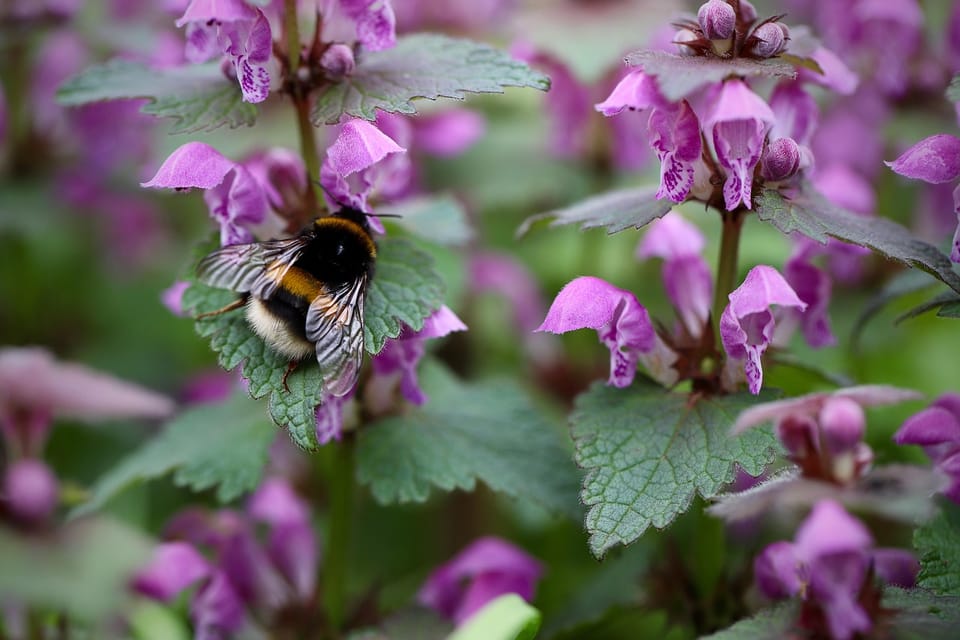The Wild Iris – Poem Analysis
A close reading of the opening poem in Louise Glück’s The Wild Iris. Unpack themes of voice, resurrection, nature, and memory in this in-depth analysis for students and poetry readers.

Louise Glück, 1992
This is the opening poem of The Wild Iris — a Pulitzer Prize–winning collection by Louise Glück. Whether you’re preparing for close reading, an essay response, or your IB/A-Level coursework, this post offers a detailed look at the poem that begins it all.
This poem sets the tone for the entire collection.
And here, it’s the flower that speaks. The wild iris addresses humans directly, telling us something we don’t know: that there is a passage after death — and it has lived through it. In just 20 lines, the speaker emerges from the ground — from death, silence, and beyond. Whether the voice belongs to a flower, a spirit, or something in between, it speaks with calm clarity
The tone is calm, almost serene, but authoritative. The iris speaks with startling lucidity. It’s relieved to be able to express itself again — as if language is a gift returned to it after silence. There is no dramatic outburst — only quiet certainty.
This poem introduces two of the collection’s most important themes: rebirth and expression. The iris becomes a symbol of return — and a witness to truths that humans have forgotten.
→ Return to The Wild Iris – Complete Study Guide



